Es gibt keine Website-Inhalte zu Ihrer Suchanfrage.
Website-Inhalte
Sie haben sich erfolgreich abgemeldet.
Noch nicht registriert?
Vorbeugung und Behandlung von diabetischen Fußgeschwüren
Das diabetische Fußsyndrom (DFS) ist eine häufige Komplikation von Diabetes mellitus, die jeden vierten Patienten mit Diabetes irgendwann in seinem Leben betrifft. [1] Das Risiko, ein DFS zu entwickeln, steigt mit der Zeit.
Der Inhalt dieser Webseite ist nur für Personen vorgesehen, die im Gesundheitswesen tätig sind (Health Care Professionals = HCP). Mit Klick auf „Bestätigen“ erklären Sie, dass Sie eine Fachperson im Gesundheitswesen sind. Ist dies nicht der Fall, klicken Sie auf "Abbruch" und besuchen Sie unsere öffentlich zugänglichen Seiten.
Eine Folge der DFS ist ein ultimativer Hautabriss oder ein Fußulzera, das alle Veränderungen im Fuß als Folge der diabetischen Polyneuropathie sowie diabetischen mikro- und makroangiopathischen Veränderungen umfasst.
Patienten können auch einen Charcot-Fuß entwickeln, was eine weitere Manifestation des DFS ist. Der Charcot-Fuß ist eine Deformität, die durch eine Verschlechterung des Knochenstoffwechsels aufgrund von Diabetes gekennzeichnet ist, was zu Knochenbrüchen, Gelenkluxationen, Fusion von Knochenfragmenten und anderen komplexen Deformitäten des Fußes führt. Eine andere Bezeichnung für den Charcot-Fuß ist die diabetische Osteoarthropathie.
Der diabetische Charcot-Fuß kann sich ohne ein Fußgeschwür entwickeln, ist aber häufig mit diabetischen Fußgeschwüren verbunden. Die Deformitäten führen zu Druckgeschwüren durch Stehen oder Gehen oder einfach, wenn Patienten Schuhe tragen, die nicht für ihre spezifische Fußanatomie ausgelegt sind[1,2].
Diabetes kann das periphere Nervensystem auf viele Arten beeinträchtigen. Patienten erleben häufig Taubheitsgefühle, Kribbeln, Schmerzen und/oder Schwäche, die in den Füßen beginnen und das Risiko von Fußgeschwüren erhöhen. Dies wird durch enge Schuhe, scheuernde Socken oder unbemerkte Mikrotrauma der Haut verursacht. Darüber hinaus kann die Widerstandsfähigkeit der Haut gegen Trauma beeinträchtigt sein, da die Funktion der Hautanhängsel, einschließlich Haarfollikel und Talgdrüsen, bei diabetischer Neuropathie verändert ist. [3,4]
Ein weiterer Risikofaktor, der zum DFS beiträgt, ist die diabetische Angiopathie. Größere Arterien versteifen aufgrund von Fibrose, Mediavergrößerung, Verkalkung und zahlreichen anderen Prozessen (Makroangiopathie). Aber auch kleine Gefäße, insbesondere die innere Schicht der Kapillaren, sind von Diabetes betroffen, der ihre Funktion umfasst (Mikroangiopathie). Beide können entscheidend zum DFS beitragen. [1,5,6,7]
Hautintegrität des Fußes
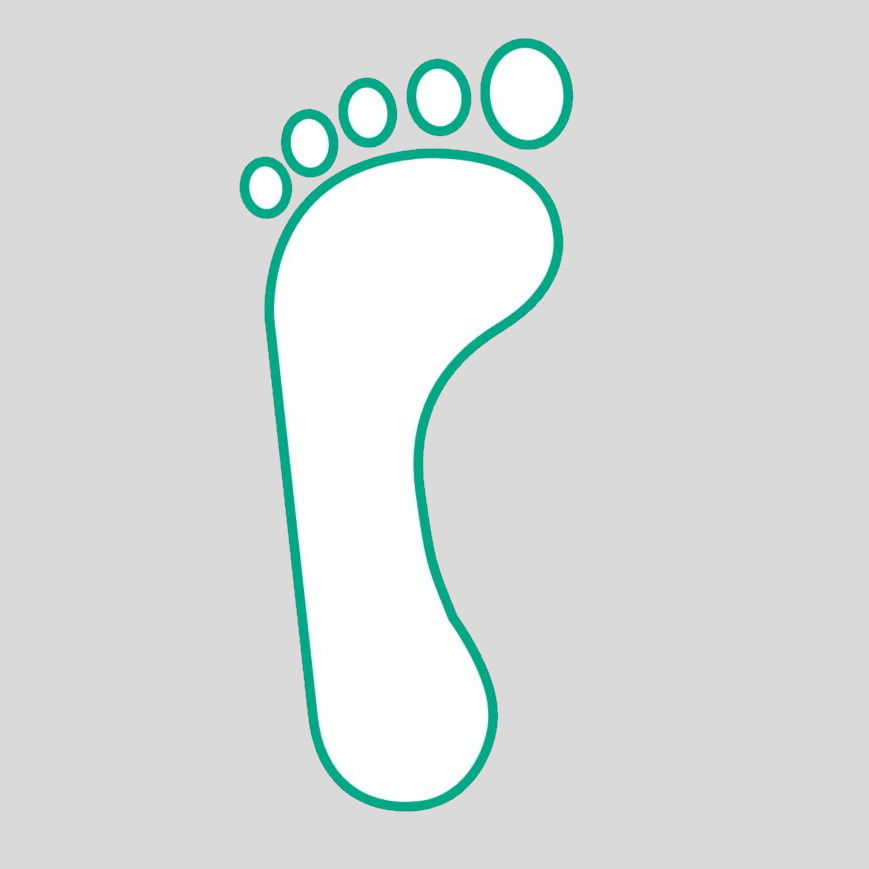
Keine offene Läsion; der Patient hat möglicherweise einen stark deformierten Fuß.
Aufrechterhaltung der Hautintegrität

Die Formulierung der Linovera® Emulsion, die auf hyperoxygenierten Fettsäuren basiert, trägt dazu bei, die Hautwiderstandsfähigkeit gegen die Wirkstoffe zu erhöhen, die zu diabetischen Fußgeschwüren führen und die Haut auf einem angemessenen Feuchtigkeitsniveau halten.
Eine der obersten Prioritäten bei der Behandlung des diabetischen Fußsyndroms ist die Vermeidung von Amputationen. [8] Denn derzeit werden die meisten Fuß- und Unterschenkelamputationen bei Patienten mit Diabetes mellitus durchgeführt. Schätzungen zufolge treten Amputationen bei Patienten mit Diabetes 40-mal häufiger auf als bei Patienten ohne Diabetes. [12]
Je nach Ausmaß der Gewebeschädigung können diabetische Fußgeschwüre in fünf Grade unterteilt werden, wobei jeder Grad eine spezifische Behandlung erfordert. [10,11,12]
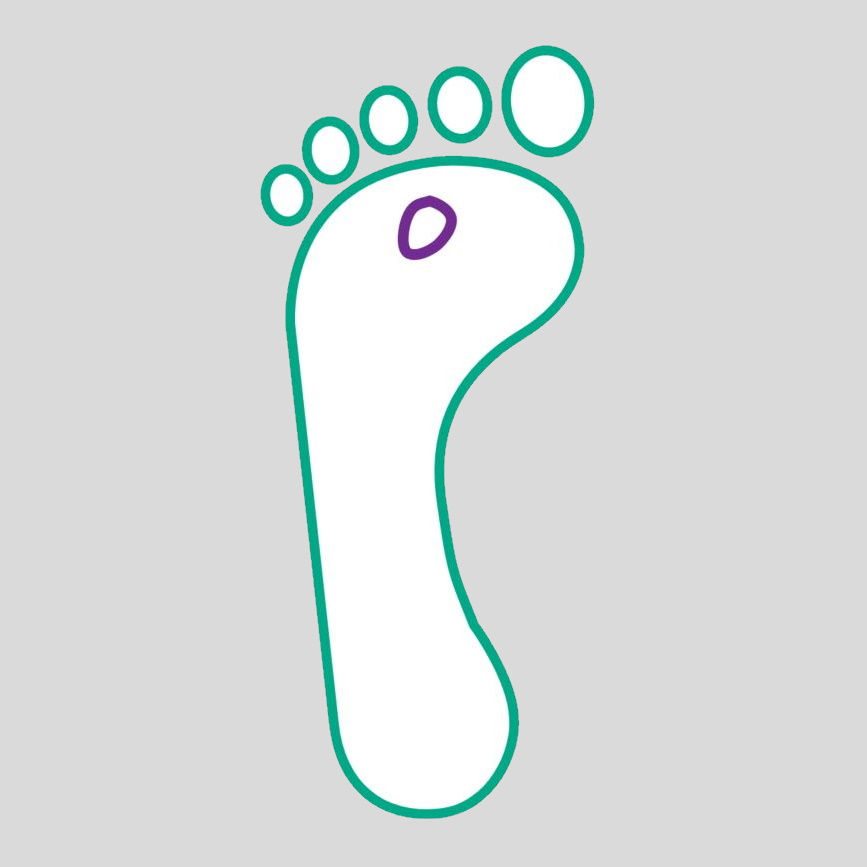
Oberflächliches Geschwür, das die gesamte Hautdicke, aber nicht das darunter liegende Gewebe betrifft
Das Wundbett sauber halten, damit sich Granulationsgewebe bilden kann
Prontosan® Wundspüllösung ist zur Reinigung, Befeuchtung und Dekontamination von akuten und chronischen Wunden indiziert.
Die Verwendung von Prontosan® Wound Gel X kann eine lang anhaltende Reinigung und Dekontamination des Wundbetts zwischen den Verbandwechseln ermöglichen.
Das Prontosan® Debridement Pad wurde entwickelt, um die Vorbereitung des Wundbetts zu unterstützen, wenn es zusammen mit der Prontosan® Wundspüllösung verwendet wird.

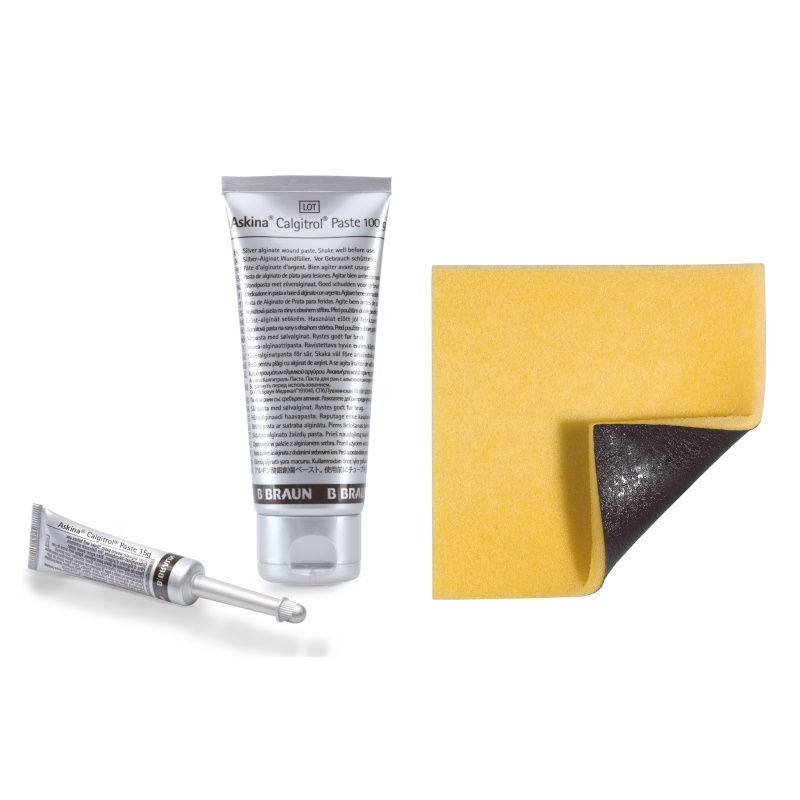
Askina® Calgitrol® bietet eine breite antimikrobielle Wirksamkeit.
Askina® Calgitrol® Ag+ ist ein Wundverband, der antimikrobielles Silber mit stärkenden Zellulosefasern kombiniert, um Wundinfektionen und hohe Exsudatmengen zu behandeln.
Askina® Calgitrol® Paste ist ein Verband mit einer ionischen Silberalginatmatrix in Pastenform.
Askina® DresSil Border ist ein selbsthaftender Schaumverband mit weichem Silikonkleber auf der einen Seite und einer dampfdurchlässigen wasserdichten Folie auf der anderen Seite. Mit seiner kreisförmigen Schauminsel und dem zusätzlichen Haftrand ist er speziell für kleine, tiefe Wunden wie z. B. diabetische Fußgeschwüre konzipiert.
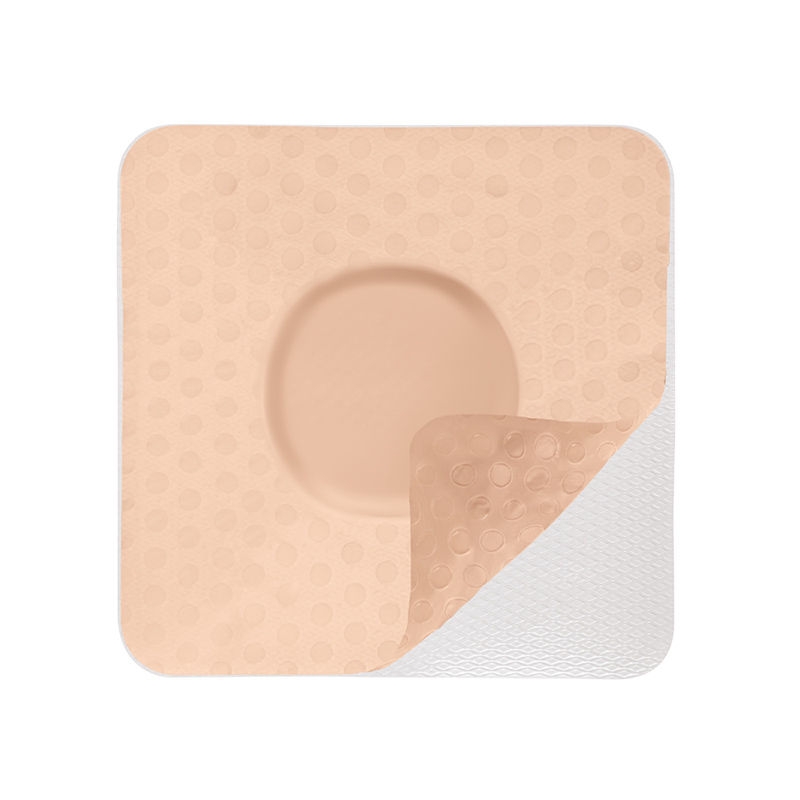
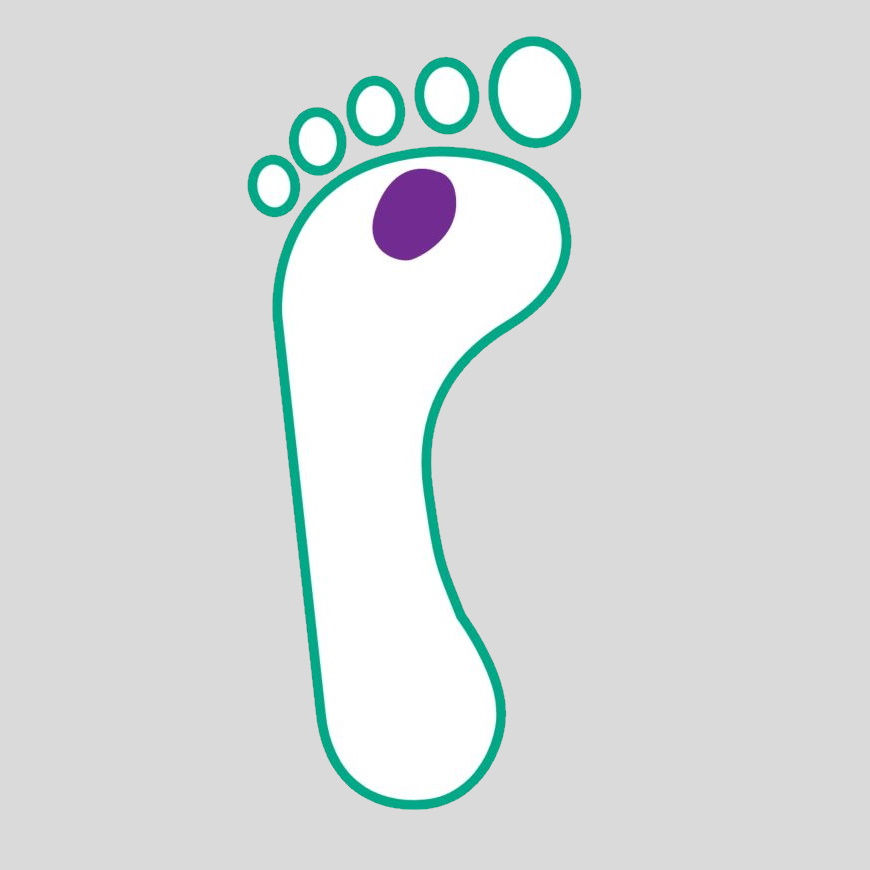
Tiefes Geschwür, das bis zu den Bändern und Muskeln, aber nicht zu den Knochen durchdringt.
Prontosan® Wundspüllösung ist zur Reinigung, Befeuchtung und Dekontamination von akuten und chronischen Wunden indiziert.
Die Verwendung von Prontosan® Wound Gel X kann eine lang anhaltende Reinigung und Dekontamination des Wundbetts zwischen den Verbandwechseln ermöglichen.
Das Prontosan® Debridement Pad wurde entwickelt, um die Vorbereitung des Wundbetts zu unterstützen, wenn es zusammen mit der Prontosan® Wundspüllösung verwendet wird.


Askina® Calgitrol® bietet eine breite antimikrobielle Wirksamkeit.
Askina® Calgitrol® Ag+ ist ein Wundverband, der antimikrobielles Silber mit stärkenden Zellulosefasern kombiniert, um Wundinfektionen und hohe Exsudatmengen zu behandeln.
Askina® Calgitrol® Paste ist ein Verband mit einer ionischen Silberalginatmatrix in Pastenform.
Askina® Sorb und Askina® Sorb Rope sind sterile Alginat-Primärverbände, die für die Behandlung von mäßig bis stark exsudierenden Wunden geeignet sind, z. B. DFU. Bei Kontakt mit Wundexsudat gelieren die Alginat-CMC-Fasern schnell und bilden ein weiches, feuchtes Gel, das die natürliche Heilung fördert.
Askina® DresSil und Askina® DresSil Border tragen mit einer perforierten Silikon-Wundkontaktschicht, einem hochabsorbierenden Polyurethanschaum und einer dampfdurchlässigen wasserdichten Außenfolie dazu bei, ein feuchtes Wundmilieu aufrechtzuerhalten, das die natürlichen Heilungsbedingungen fördert.
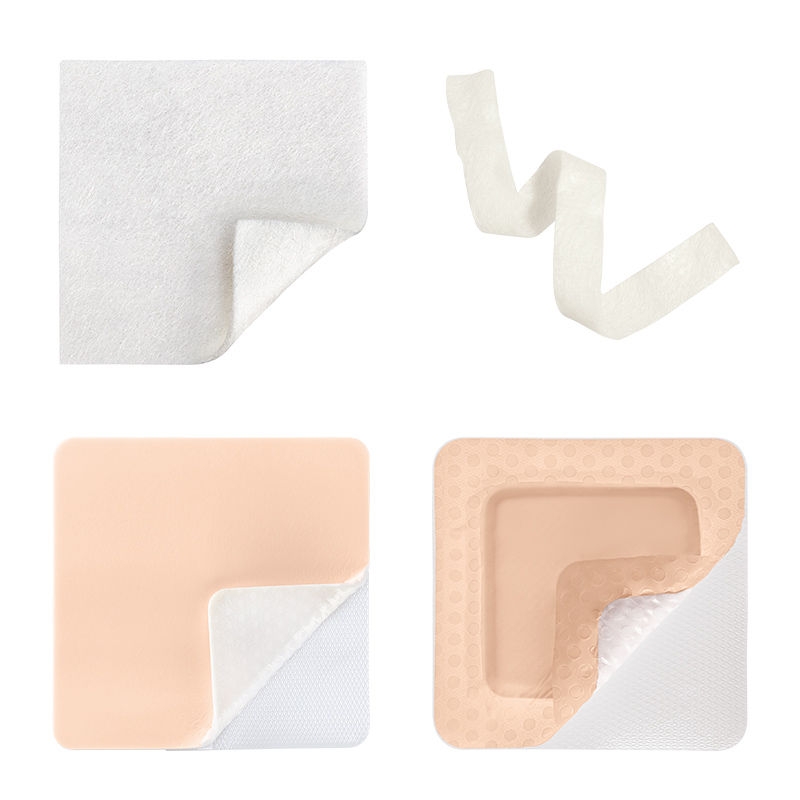
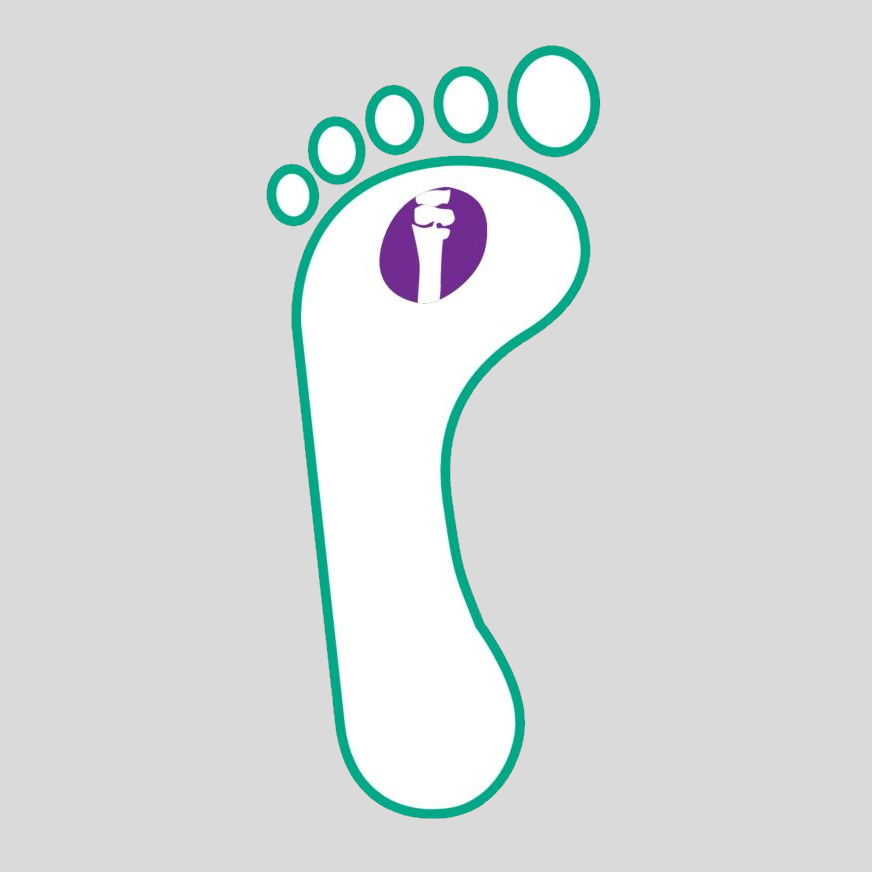
Tiefes Geschwür mit Zellulitis oder Abszessbildung, oft mit Osteomyelitis
Prontosan® Wundspüllösung ist zur Reinigung, Befeuchtung und Dekontamination von akuten und chronischen Wunden indiziert.
Die Verwendung von Prontosan® Wound Gel X kann eine lang anhaltende Reinigung und Dekontamination des Wundbetts zwischen den Verbandwechseln ermöglichen.
Das Prontosan® Debridement Pad wurde entwickelt, um die Vorbereitung des Wundbetts zu unterstützen, wenn es zusammen mit der Prontosan® Wundspüllösung verwendet wird.


Askina® Calgitrol® bietet eine breite antimikrobielle Wirksamkeit.
Askina® Calgitrol® Ag+ ist ein Wundverband, der antimikrobielles Silber mit stärkenden Zellulosefasern kombiniert, um Wundinfektionen und hohe Exsudatmengen zu behandeln.
Askina® Calgitrol® Paste ist ein Verband mit einer ionischen Silberalginatmatrix in Pastenform.
Askina® Schaumstoff absorbiert Wundexsudat durch seinen Polyurethanschaum und schafft ein feuchtes Wundheilungsmilieu. Es verfügt über eine dampfdurchlässige, wasser- und bakterienbeständige Polyurethanfilm-Außenschicht.
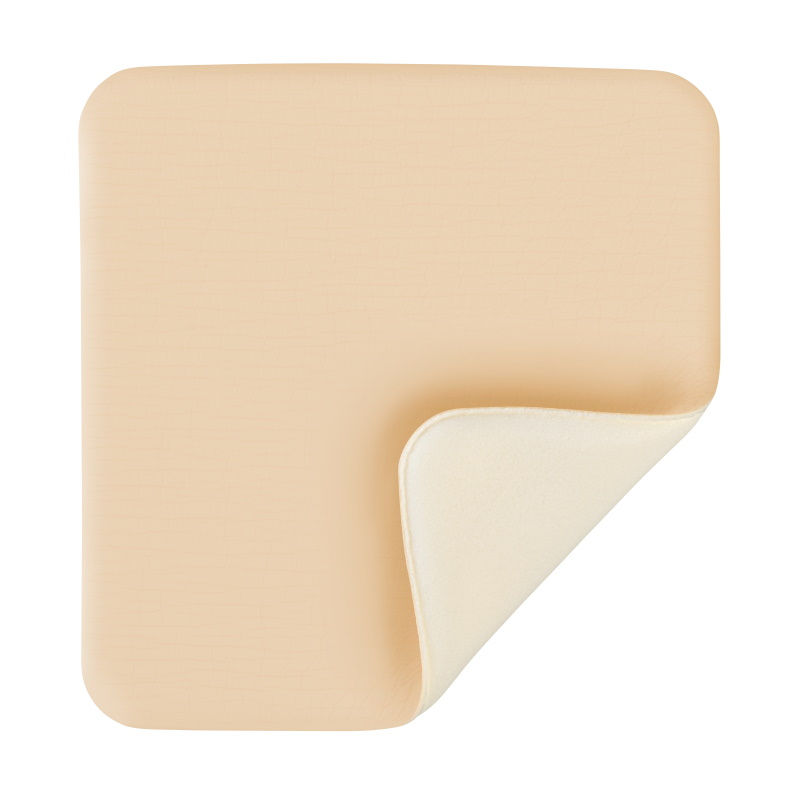
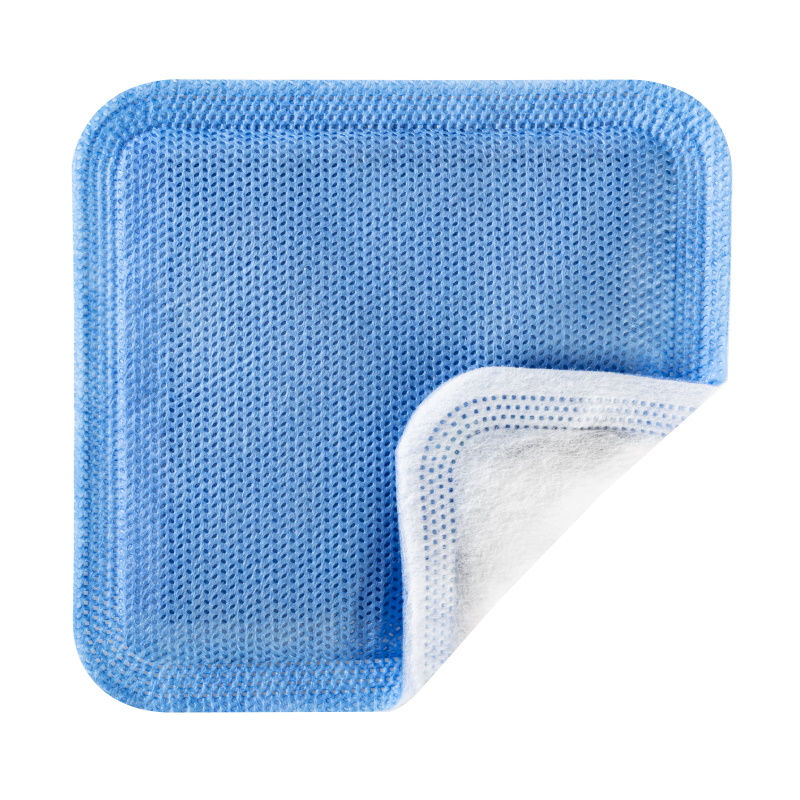
Askina® Carbosorb ist ein superabsorbierender Aktivkohleverband für mäßig bis stark exsudierende Wunden.
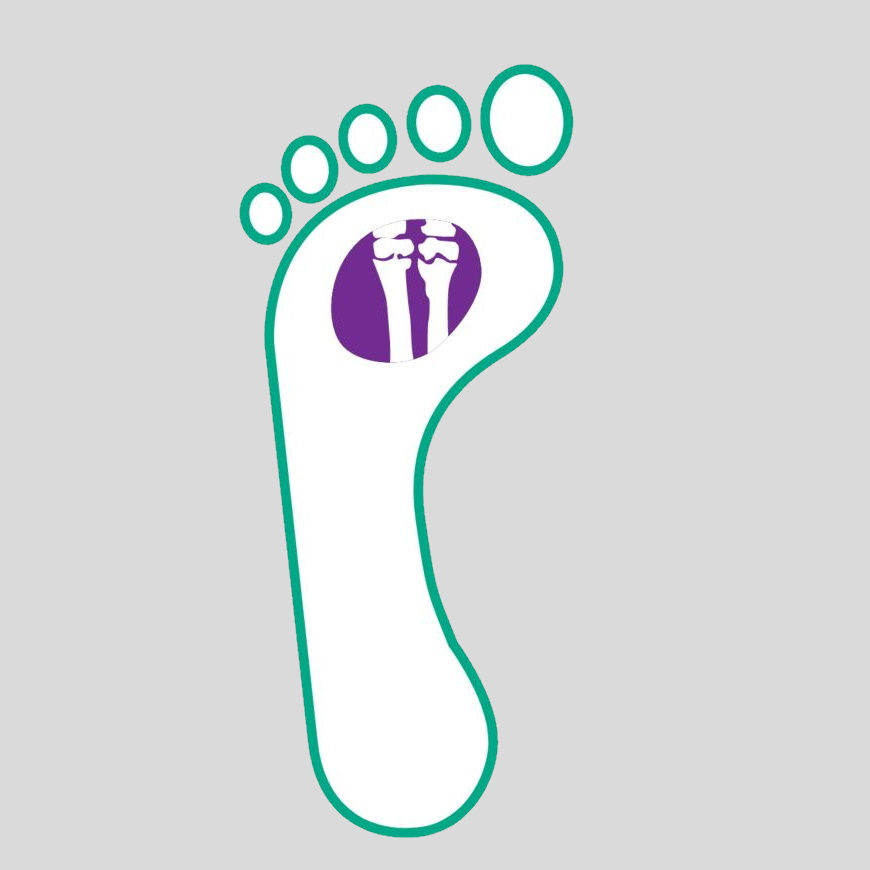
Lokalisierte Gangrän
Prontosan® Wundspüllösung ist zur Reinigung, Befeuchtung und Dekontamination von akuten und chronischen Wunden indiziert.
Die Verwendung von Prontosan® Wound Gel X kann eine lang anhaltende Reinigung und Dekontamination des Wundbetts zwischen den Verbandwechseln ermöglichen.
Das Prontosan® Debridement Pad wurde entwickelt, um die Vorbereitung des Wundbetts zu unterstützen, wenn es zusammen mit der Prontosan® Wundspüllösung verwendet wird.


Askina® Calgitrol® bietet eine breite antimikrobielle Wirksamkeit.
Askina® Calgitrol® Ag+ ist ein Wundverband, der antimikrobielles Silber mit stärkenden Zellulosefasern kombiniert, um Wundinfektionen und hohe Exsudatmengen zu behandeln.
Askina® Calgitrol® Paste ist ein Verband mit einer ionischen Silberalginatmatrix in Pastenform.
Askina® Schaumstoff absorbiert Wundexsudat durch seinen Polyurethanschaum und schafft ein feuchtes Wundheilungsmilieu. Es verfügt über eine dampfdurchlässige, wasser- und bakterienbeständige Polyurethanfilm-Außenschicht.


Askina® Carbosorb ist ein superabsorbierender Aktivkohleverband für mäßig bis stark exsudierende Wunden.